
Hungry yarn in need of avocado.
I've been all wound for you, tied up and down for you;
Now I just won't get a single knot.
I've swallowed my alum for you, I've baked and I've simmered for you,
And you still feel me a lot!
You got me stealing your time away 'cause you never give it;
Peeling the summer away and we can't relive it.
Oh, you make me laugh, and I make you cry...
I believe it's time for me to dye!
My avocado pits and skins have been steeping in the sun for two months now, and I'm anxious to see how the pigment will look on yarn.

I've hanked white crochet thread, white cotton yarn, natural wool yarn and for the first time ever, natural cotton blend yarn. The blend yarn is 50% polyester. Polyester will not change colors with natural dye (although it can stain). But I'm going to try the blend to see what happens. If it takes the dye unevenly, that's okay with me. It if doesn't take the dye at all, I will still be able to use the yarn. It won't be ruined. And if it takes the dye, well, I love surprises, and I will be a very happy dyer!

All the cotton yarn will be scoured, meaning I will hand-wash it with Borax. I'm told dish soap works, too, but I have not used that. The wool yarn should be ready-to-dye and was even already hanked. I just added a few more ties.
To hank your yarn, you may wind it around your arm from elbow to hand, around and around and around, or you may wind it around the back of a chair or any other surface that won't collapse as the yarn is wound.
I used to use a book for winding crochet thread.

My hanks now typically are 100 yards, or 100 wraps around a chair back. I wind 25 times around, then tie four about 10-inch pieces of cotton yarn around, not too tightly, then wind 25 times more and tie again three times. When I get done with the entire hank, I twist the ends of the yarn or thread I'm hanking a few times, then tie all five ties into a bow so I can remove them easily after the dyeing, drying, washing and second drying is done. I like to use the dyed ties in projects after I'm done.


After hanking my yarn and thread, I scoured it, then prepared a jar for each hank. My jars are specifically for dyeing. I don't mix my dyeing jars with my food jars ever, even when I'm using food stuffs for dyeing.
Up to this point, it is safe to work without gloves. But now the gloves need to go on, and you might even want to wear a mask. You'll need to work in a well-ventilated area. All steps from this point on should be worked with protective coverings, with clothes you don't mind getting stained and in a well-ventilated area where spills that turn into stains won't be a problem. Avocado pits and skins can stain carpet and concrete.
I've put about one tablespoon of alum and half a teaspoon of cream of tartar into each quart-sized jar, then halfway filled with warm water and stirred with a plastic knife or big wooden spoon that will never be used for food preparation. Then one hank goes into each jar. The crochet thread went into a pint jar because 100 yards of size 10 thread is less than a quarter of the size of 100 yards of worsted weight yarn. The jar caps go on tightly so I can gently agitate without spilling.

I let the jars sit outside in the sun for a day. I agitated gently to make sure all the fiber gets soaked.

I also stuck a fat quarter of cotton fabric into a jar with my alum/cream of tartar potion and let it sit in the sun for a day. I swished the fabric around in the jar before putting the top on, and I agitated gently a few times during the day. This is my first time dyeing fabric (other than T-shirts) with avocado, and I am so anxious to see how this will look! My quilting mojo is so psyched!!!

Now I'm ready to strain my dye into my jars. Remember, my dye strainer is used only for dyeing and never for food. The ammonia in my dye jars smells like ammonia, but there has been no mold this whole summer. The odor doesn't bother me at all. I feel like I'm cleaning the kitchen floor, only this is fun.
Some of the avocado grounds seep through the strainer, but that's okay. They may leave blotchy spots on the yarn, and I'm actually hoping they do. When I hand wash them later with strawberry shampoo and then condition them with strawberry conditioner, my nose will never know the avocado grounds or even the ammonia were ever in there.



I ended up putting all three hanks of yarn into a giant plastic pretzel jar because the quart jars were not quite big enough for the dye to move freely. I will gently agitate the jars each day, and I'll probably let them solar cook for a week because I want to give the pigment plenty of time to soak in. Avocado pit and skins dye gets richer with time, so I'm going to give it all the time it needs.
I will keep an eye on the wool yarn; wool yarn can become brittle if it soaks in mordants too long. I initially wasn't going to use a mordant on the wool yarn; avocado pits and skins do not necessarily require a mordant. When I decided to combine all three hanks of yarn into one jar, that means the wool is getting a bit of alum and cream of tartar on it. And you thought me feeling the yarn was a questionable thing!!! Ha ha!

I'm always amazed when solar dyeing fiber because the dye bath tends to clear a bit as the fiber soaks up the pigment. This is especially fun when you dye wool yarn with unsweetened drink mix such as Kool-Aid (which can be done in the kitchen with no special equipment or precautions). The water eventually becomes clear!!!

Before I finished up my onion dye jar for the year, I decided to stick a hank of scoured and alum/cream of tartar mordanted cotton yarn in the onion/sumac mixture. I didn't expect or get much color, due to most of the pigment already being exhausted on the T-shirt and fat quarter I did earlier. Initially, I thought I'd be okay with the really pastel hue, but it was such a pastel yellow, I decided to go ahead and use up the rest of my onion skins and make one more jar of dye. There were about six or seven onion skins left in the bag, so it wasn't very much, but I thought it might be enough for one hank of yarn to be just a tad darker.

I let the dye steep for about three days, and then I let the yarn steep in the dye for about three more days. The dye was poured into the flower garden after letting it cool overnight. It was pretty warm after sitting in the sun! I didn't want to boil my sunflowers, which are exploding with color right now!



I have dyed with wild sunflowers from along the roadside and in vacant lots, and it was fun, but I'm not going to cut down my sunflowers to use as dye. I do cut one or two every now and then to put in a vase in my kitchen, though...

After the second soak, I let the yarn dry (not in direct sunlight) to set the dye. I then hand-washed it with strawberry shampoo and conditioned it with strawberry hair conditioner, then let it dry again, not in direct sunlight. The shampoo makes the yarn smell so nice, and the conditioner makes it so soft and fun to work with.
Here's my final onion skin/sumac yarn color.





Linking up with Alycia Quilts and Confessions of a Fabric Addict.








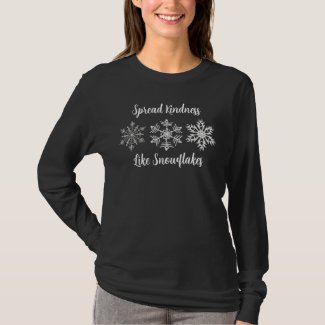
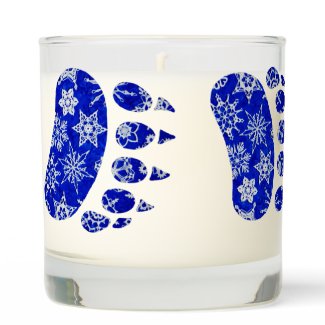




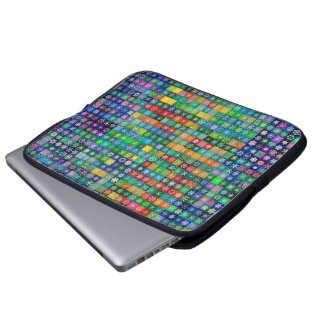
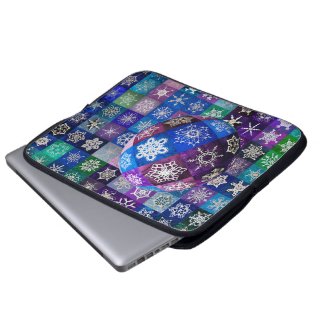















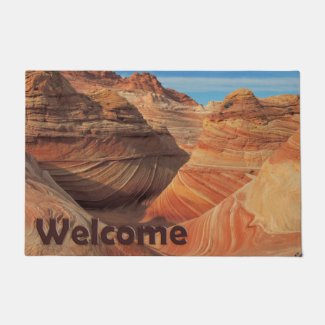


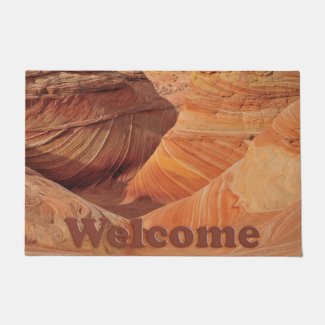
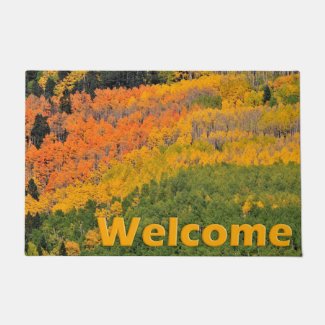
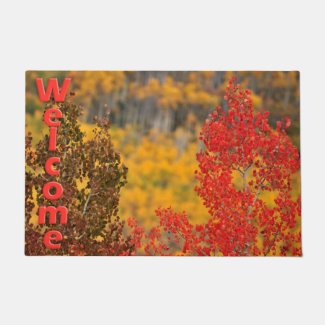
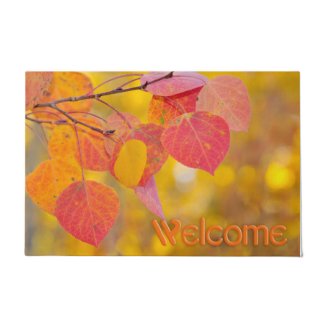
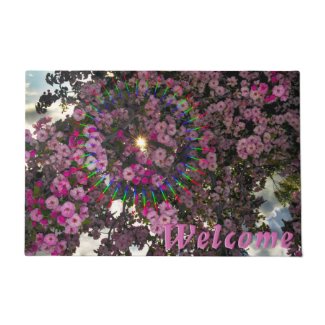
haha sure has eyes for you. "Borrowing" sun flowers from the roadside and vacant lots, huh? Some frown upon that here, I just think it's rather funny.
ReplyDeleteThankfully, Pat, no one here so far cares if I pick the roadside sorrel, dandelions or sunflowers. But I guess I do wish more people would love the wild sunflowers the way I do...
DeleteWhat a cool process!! I like the onion one!!
ReplyDeleteThank you, Alycia! I might overdue the onion skin T-shirt (from my last natural dye installment) just so it won’t change colors when I perspire. But the yarn is okay!
DeleteThank you for the small tutorial! I often wondered about dyeing with natural “stuffs”. I learned a lot!
ReplyDeleteThank you, Grandma Judy B! It sure has been a great summer for dyeing!!!
Delete